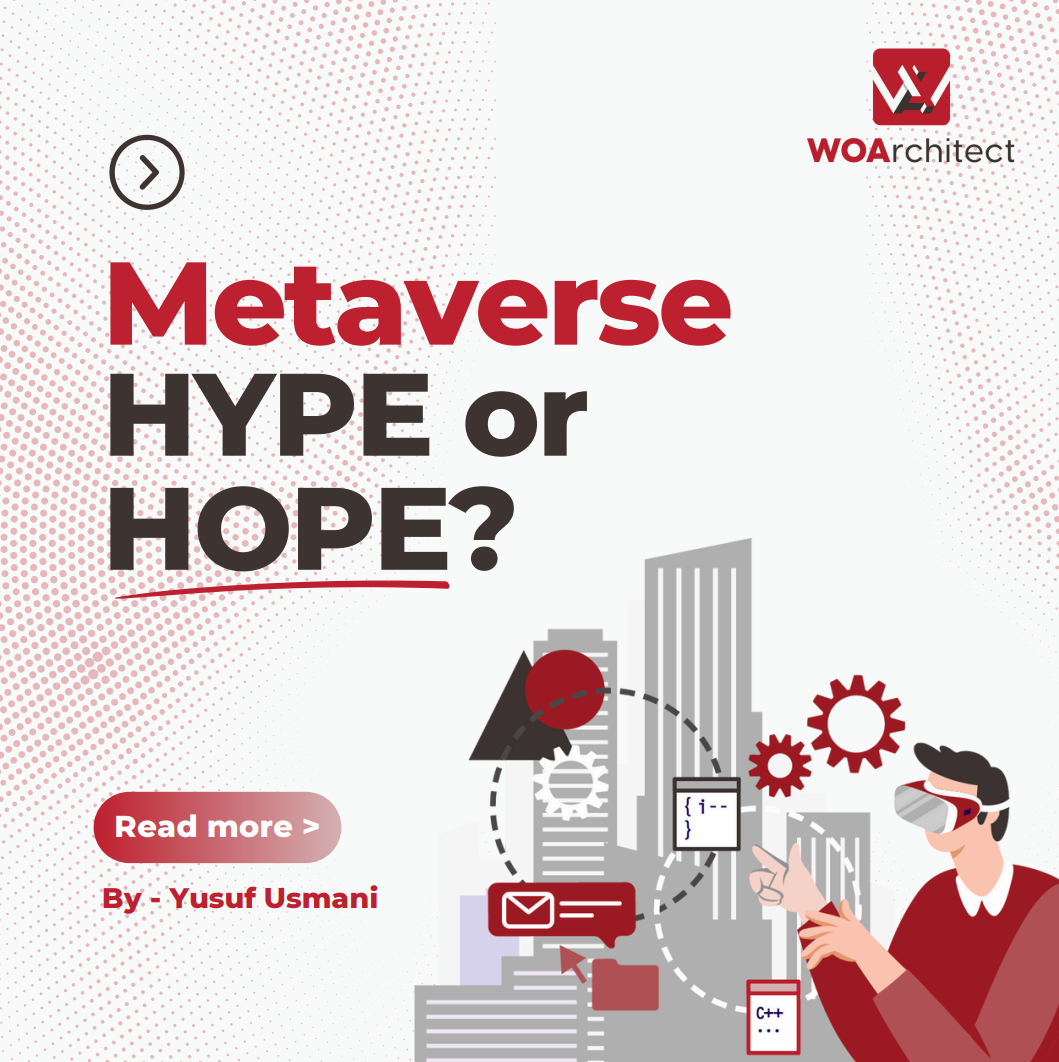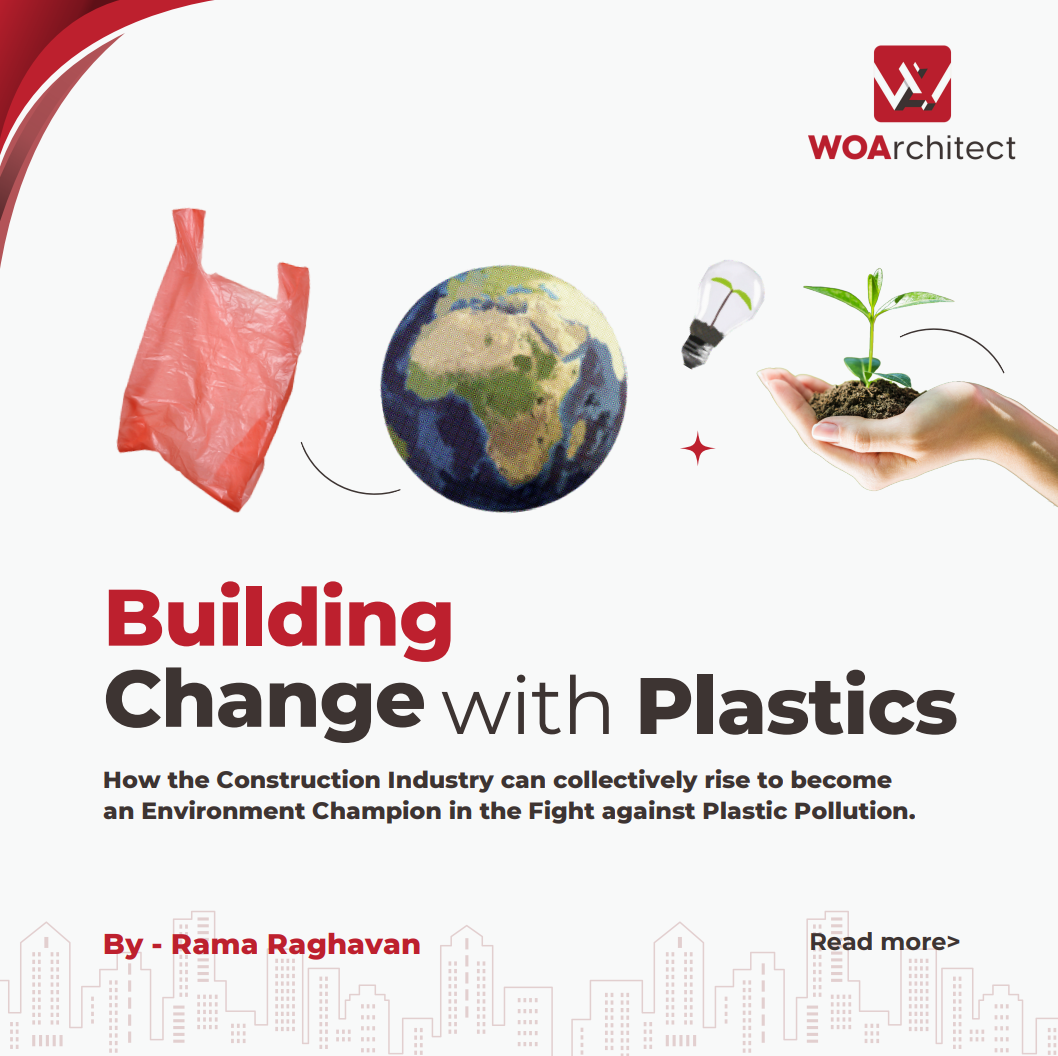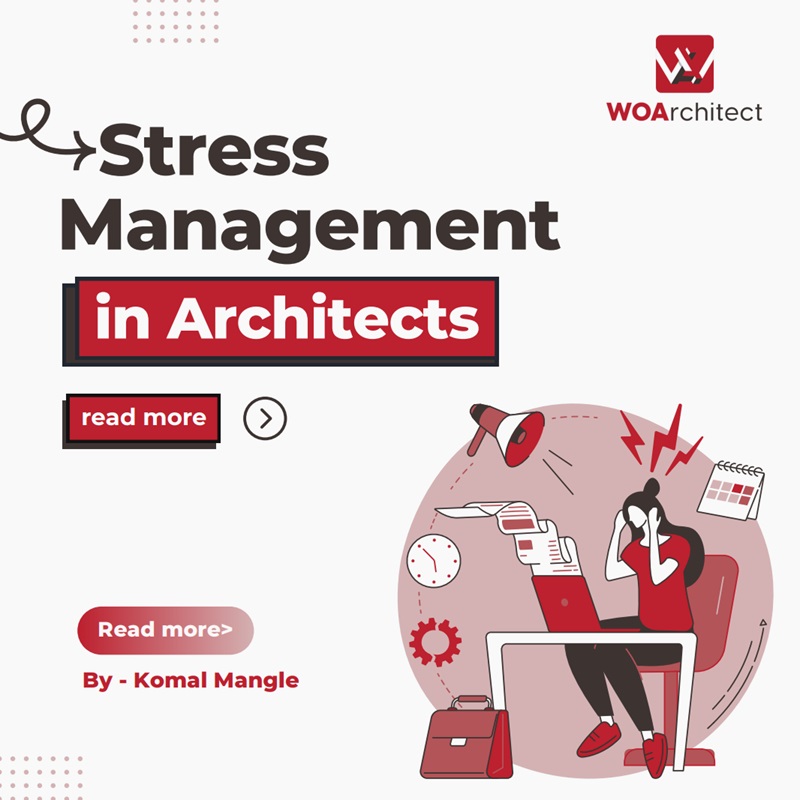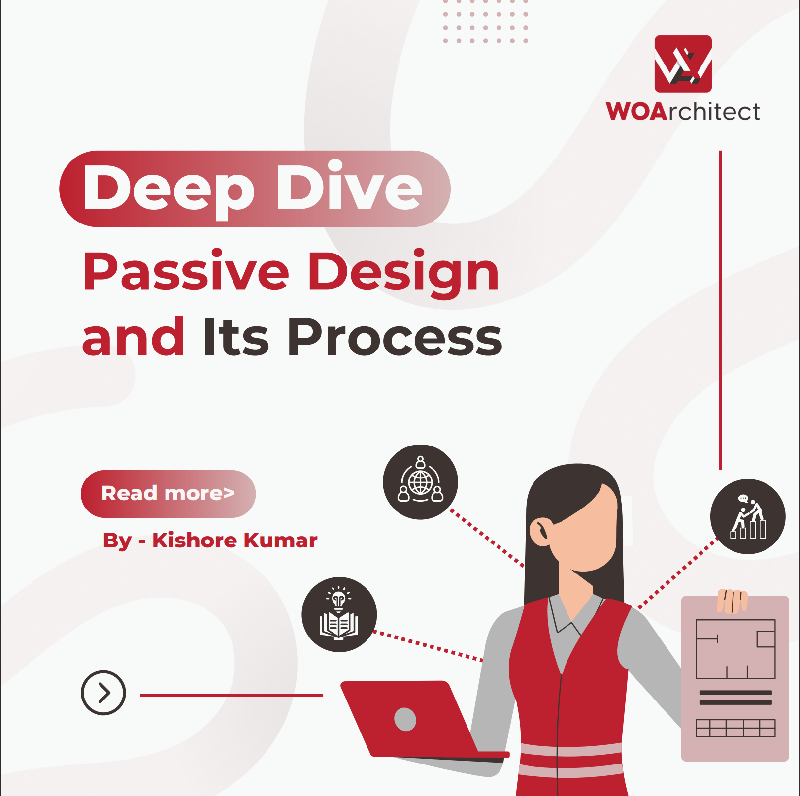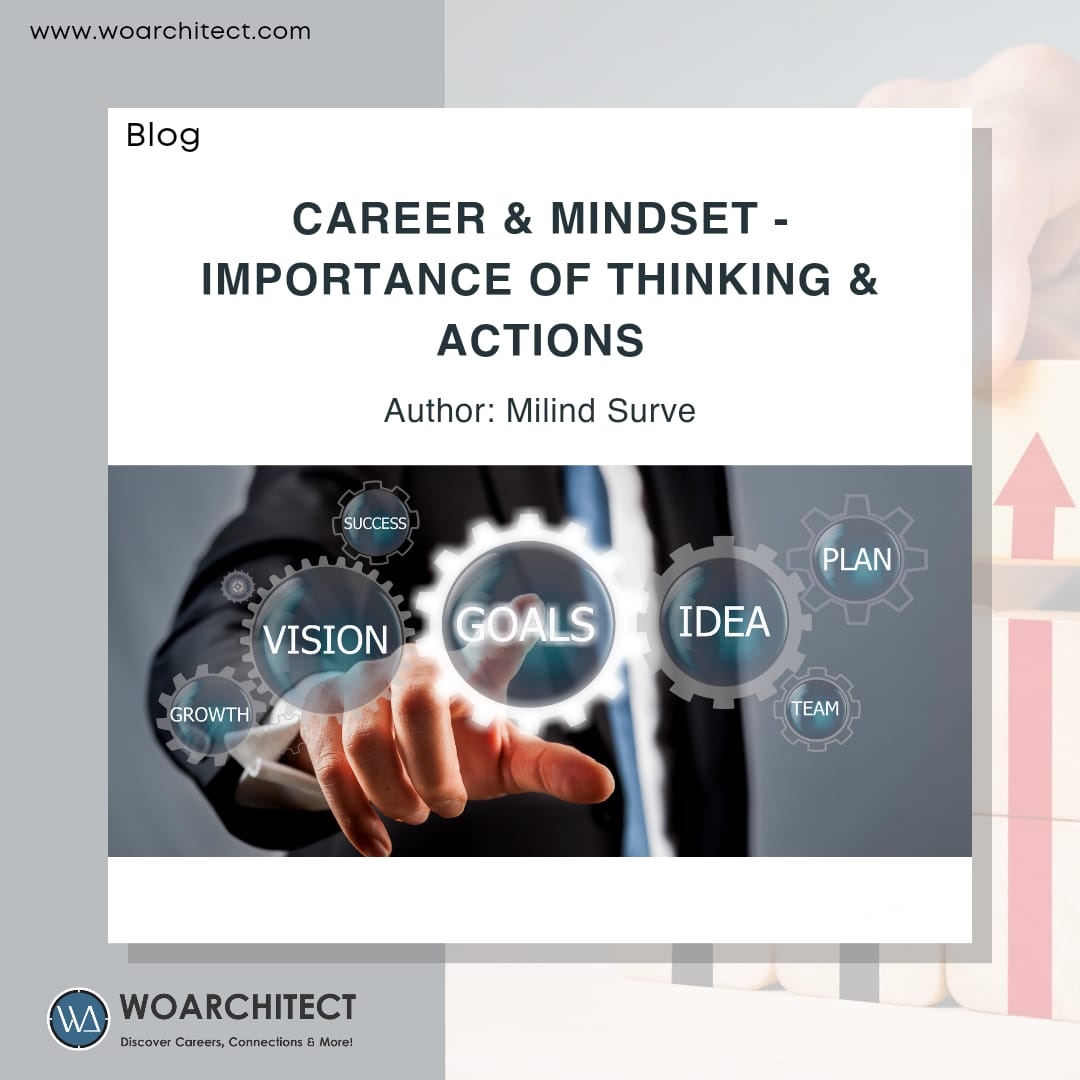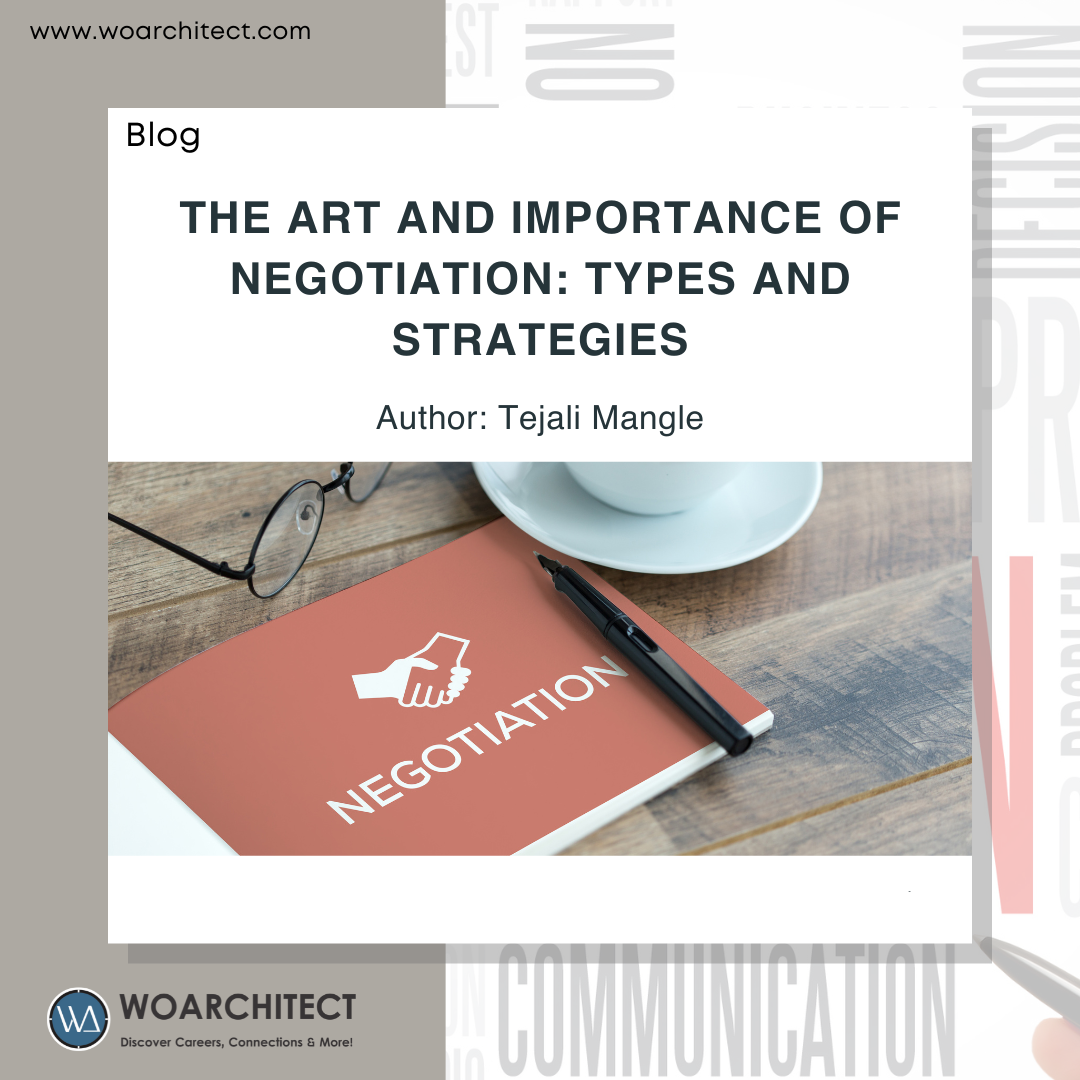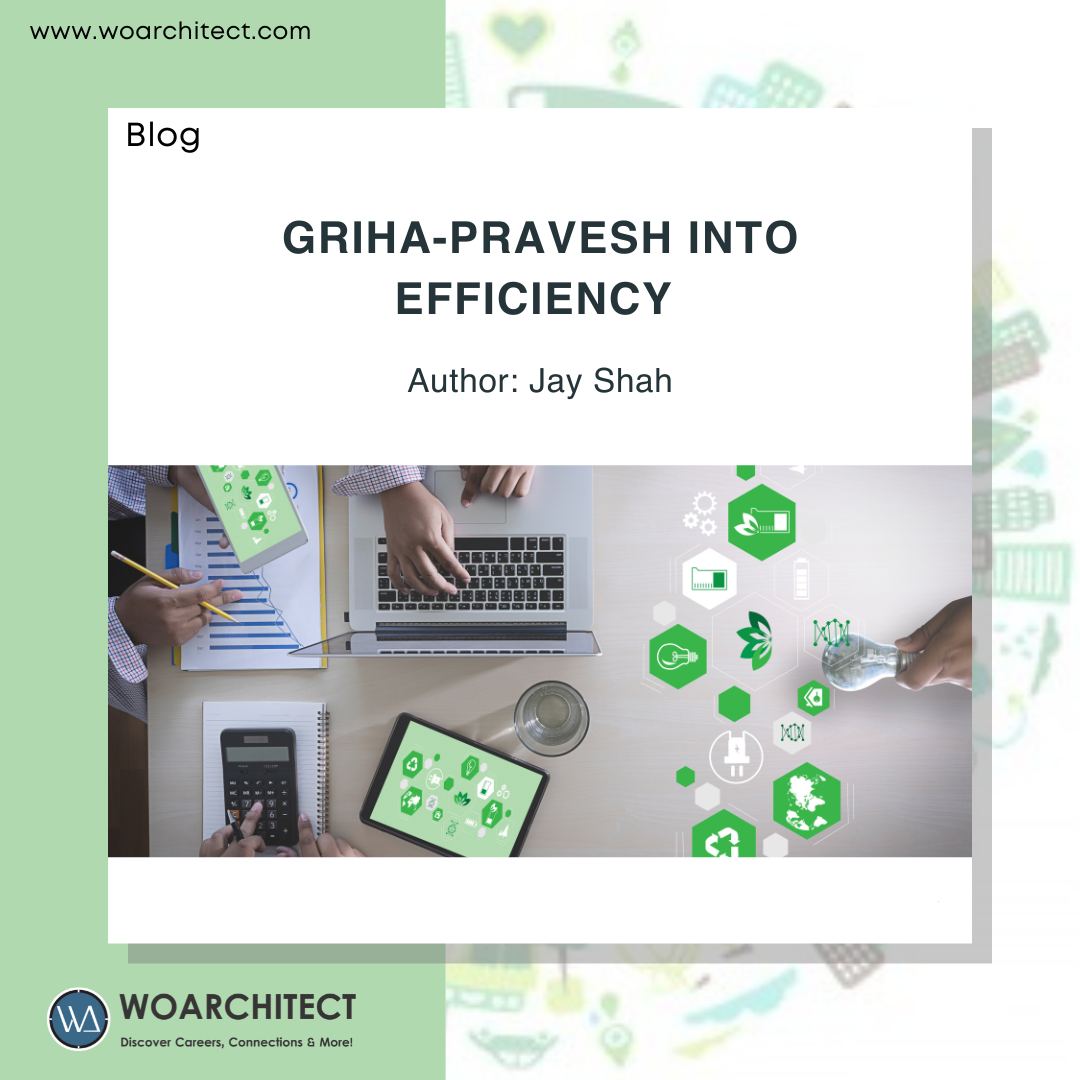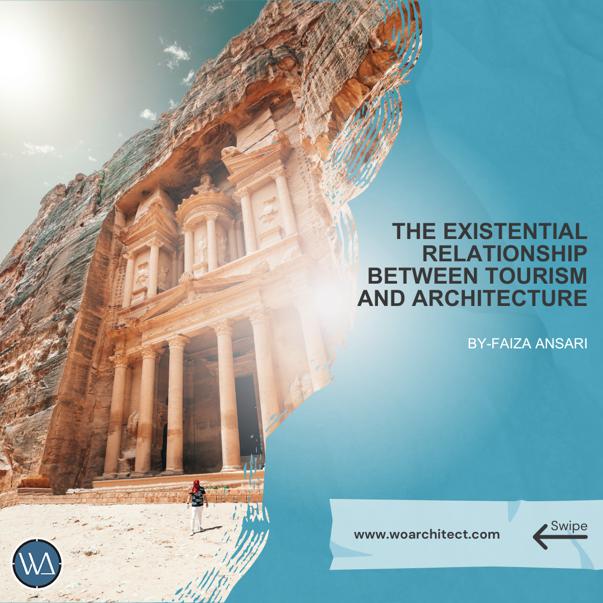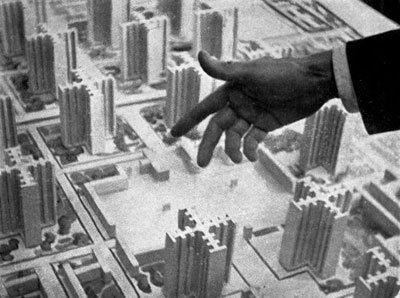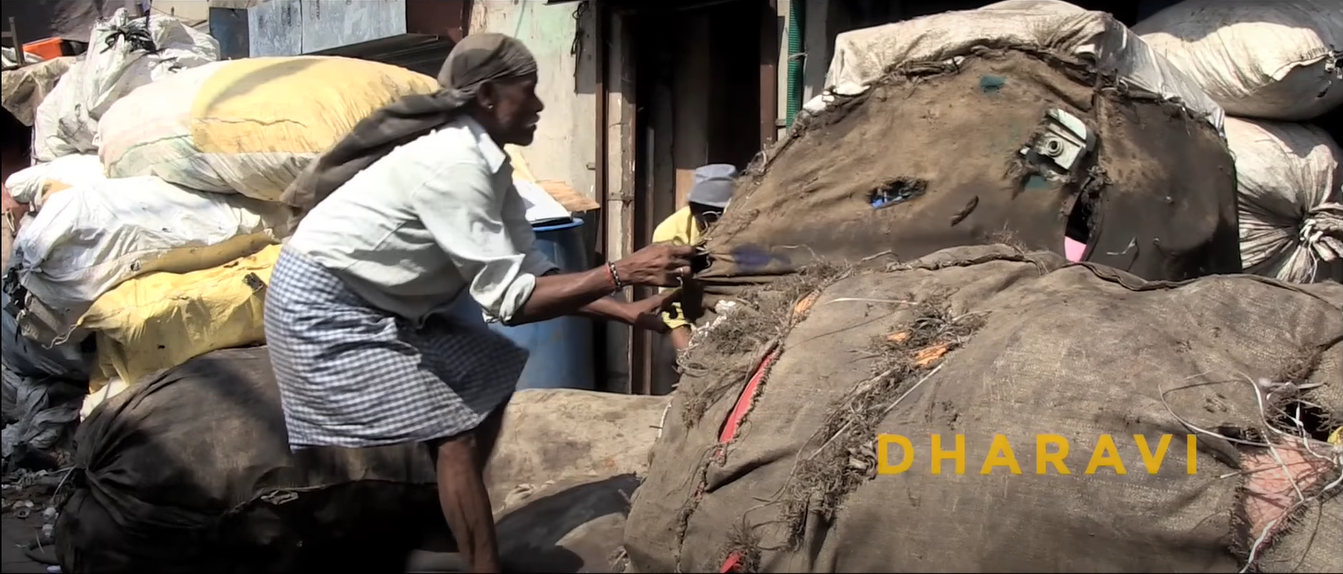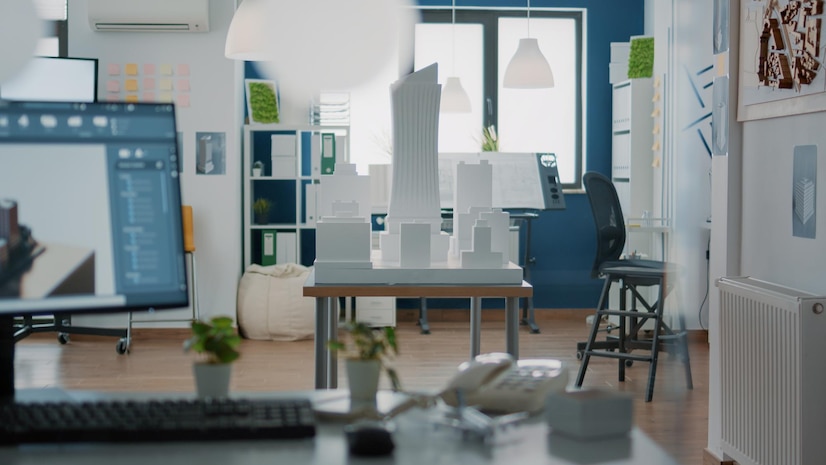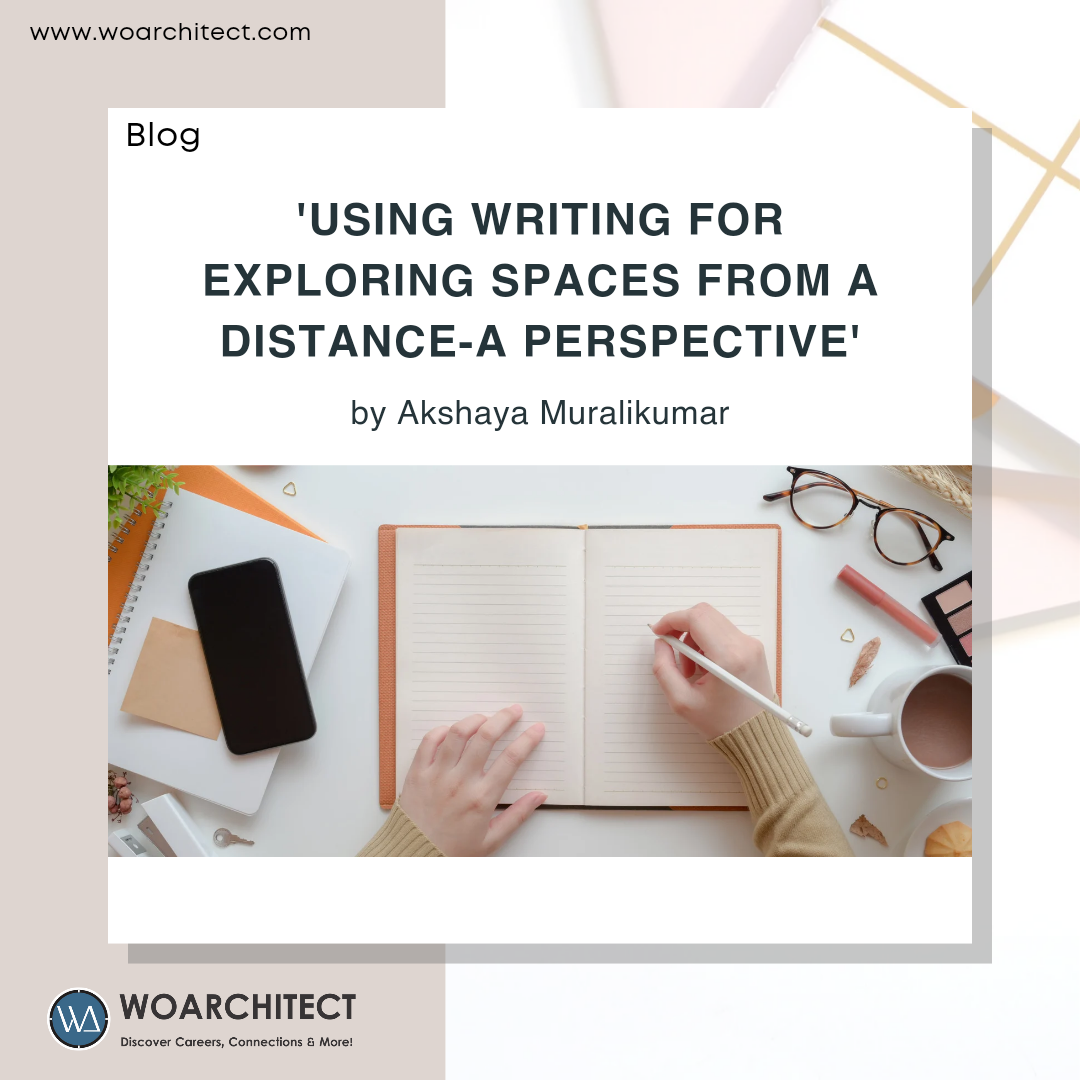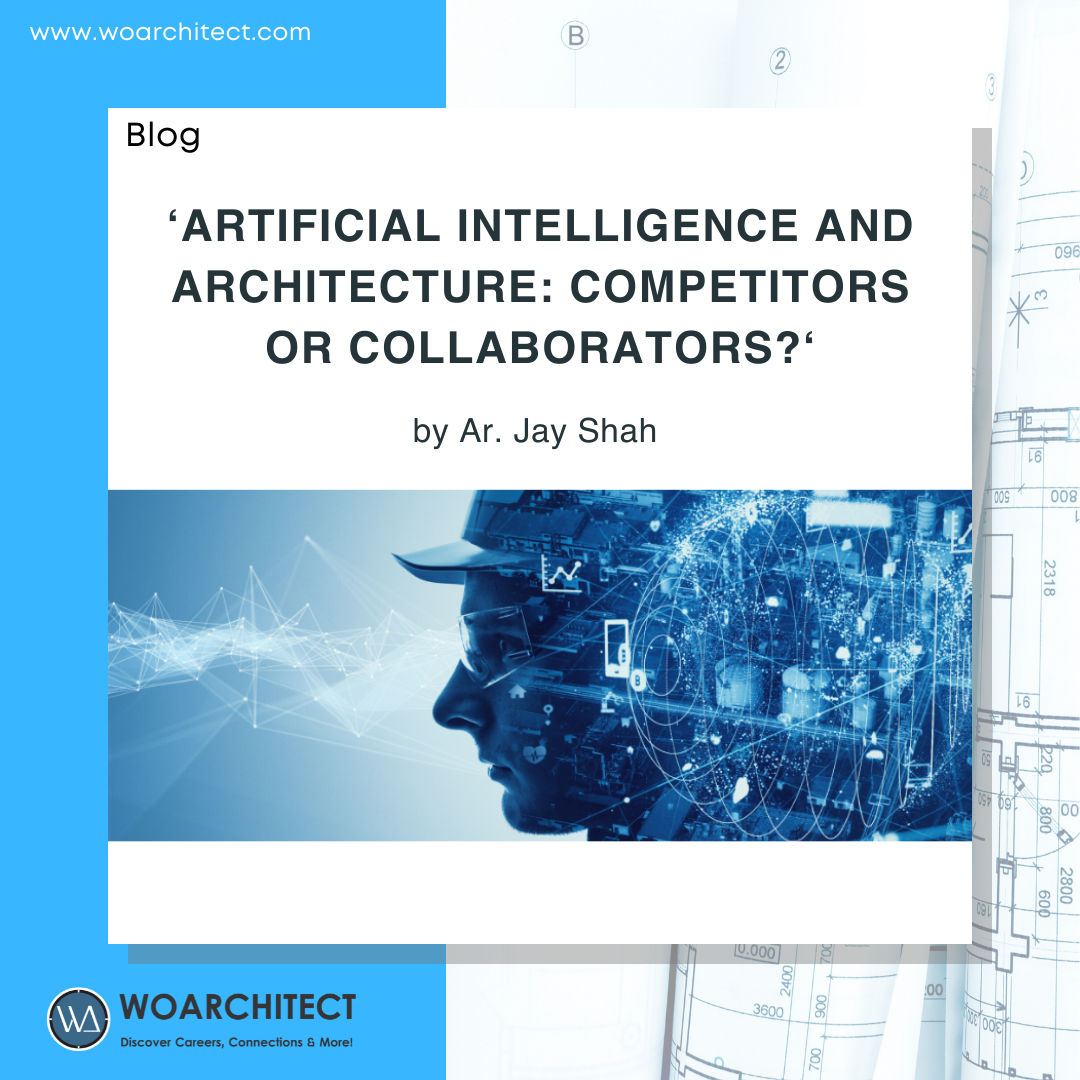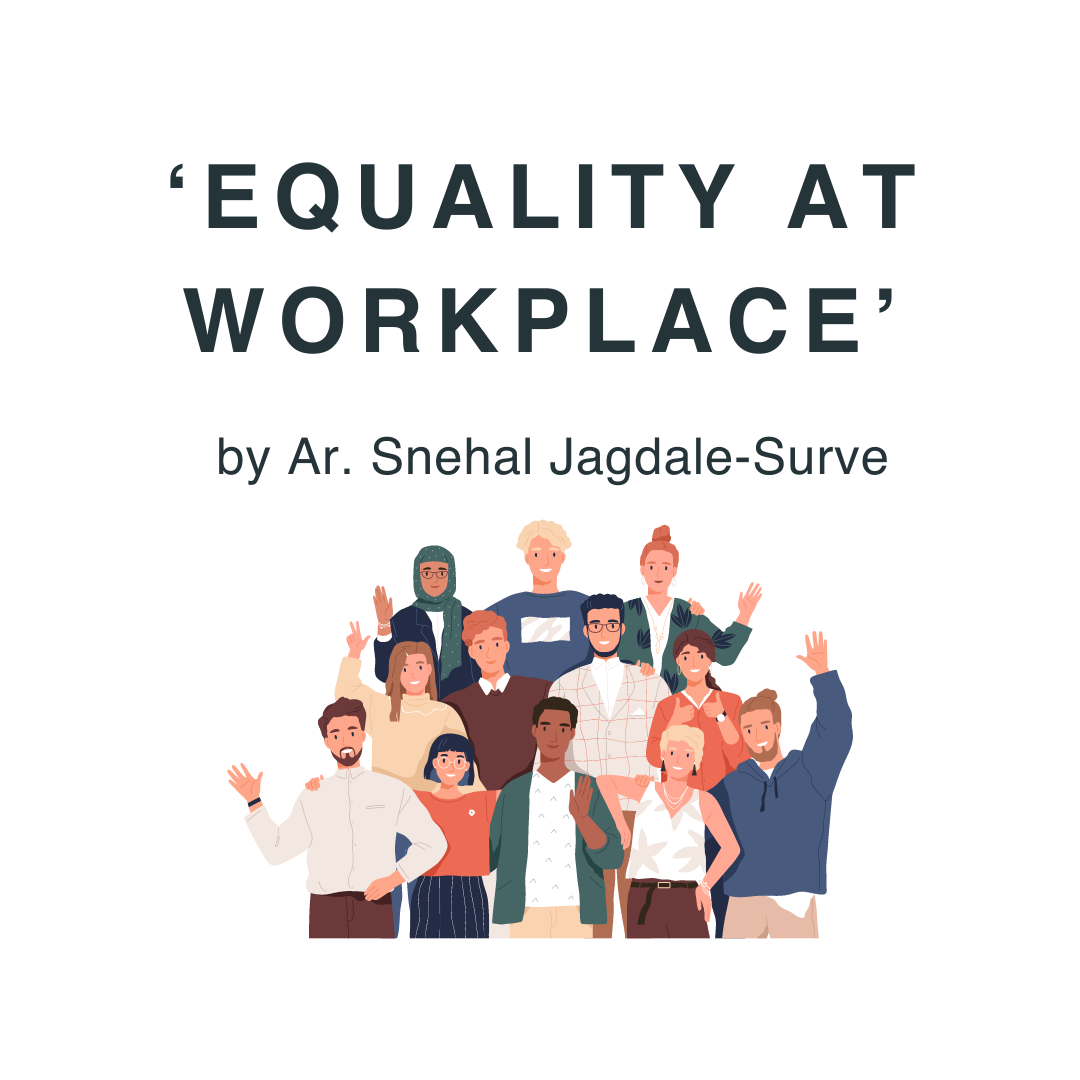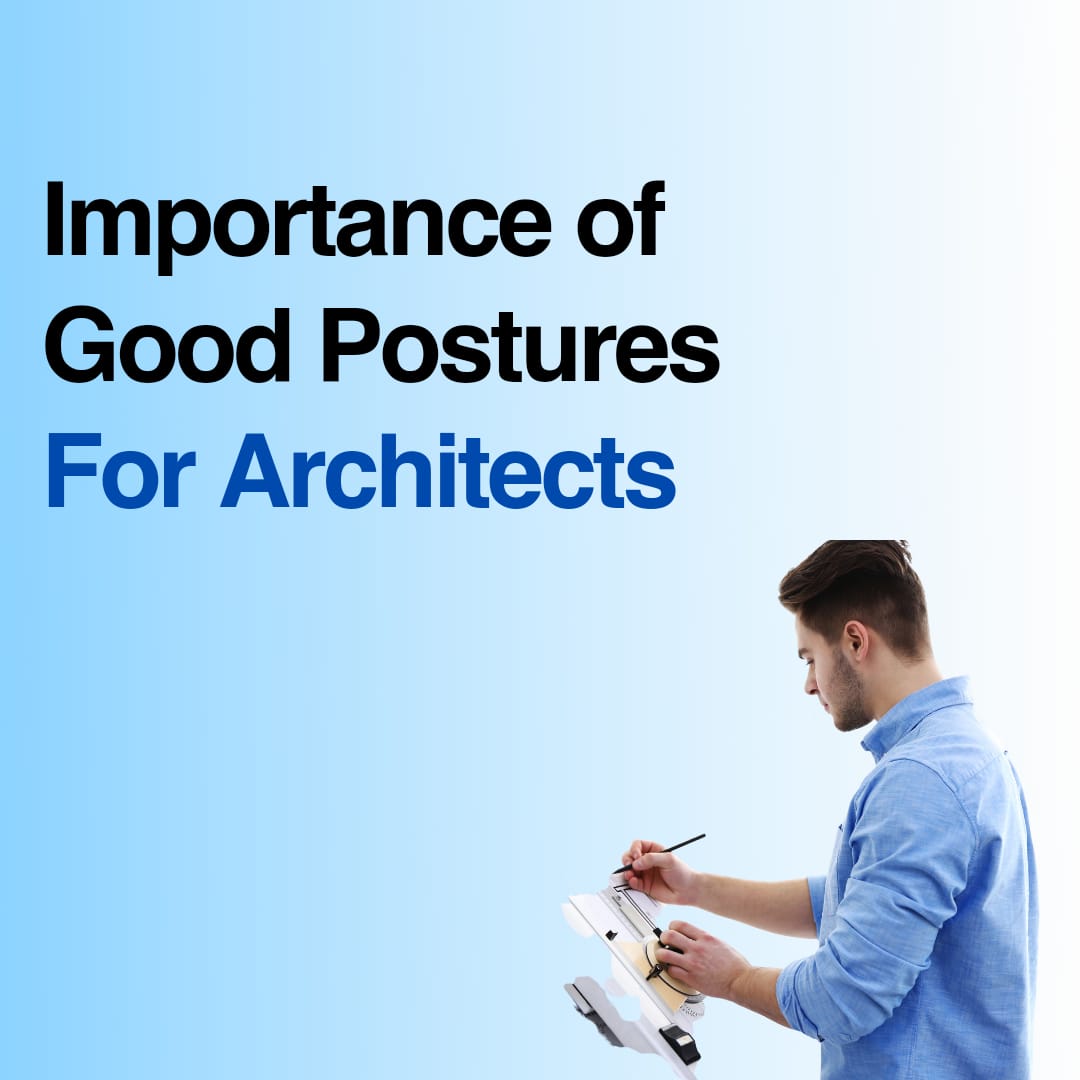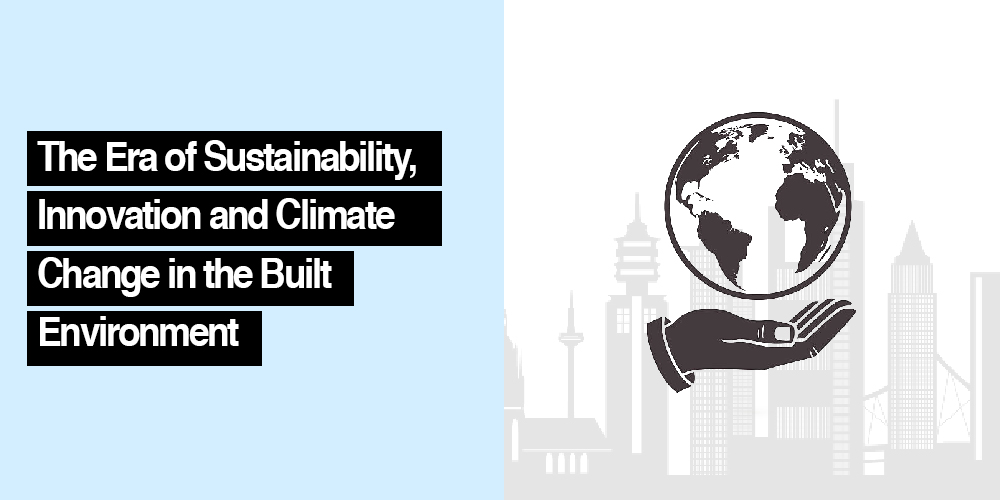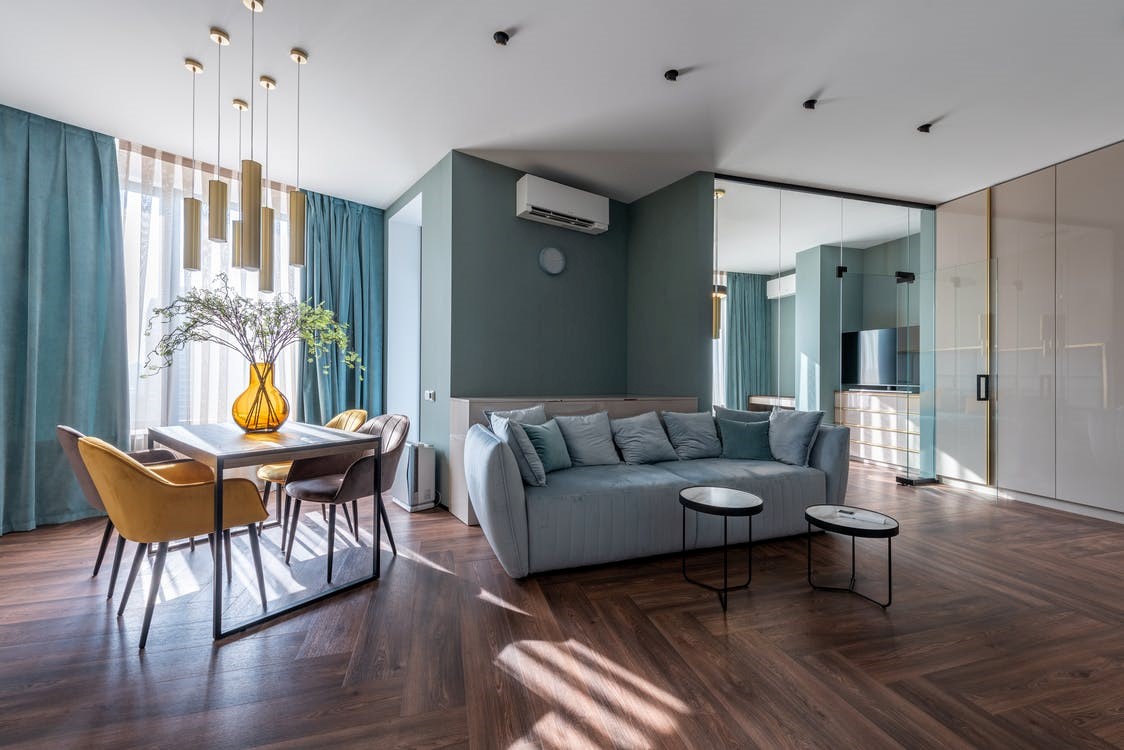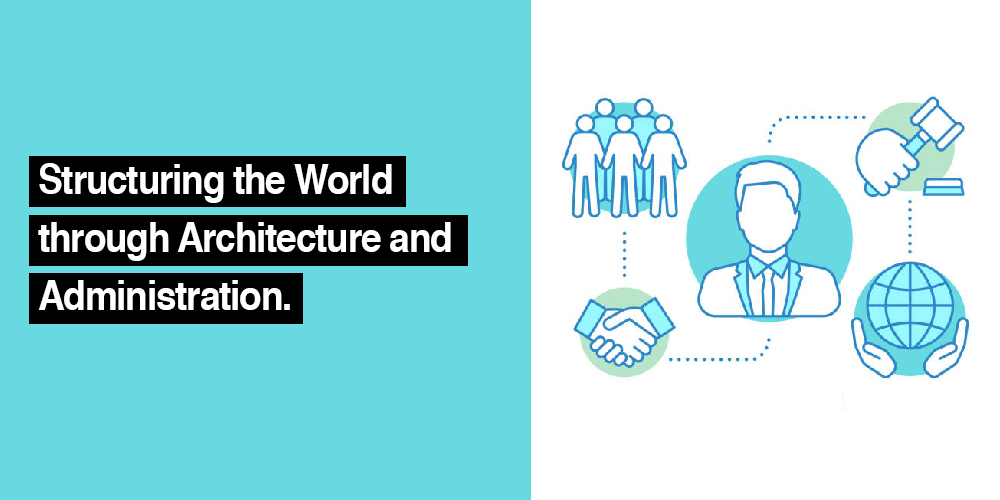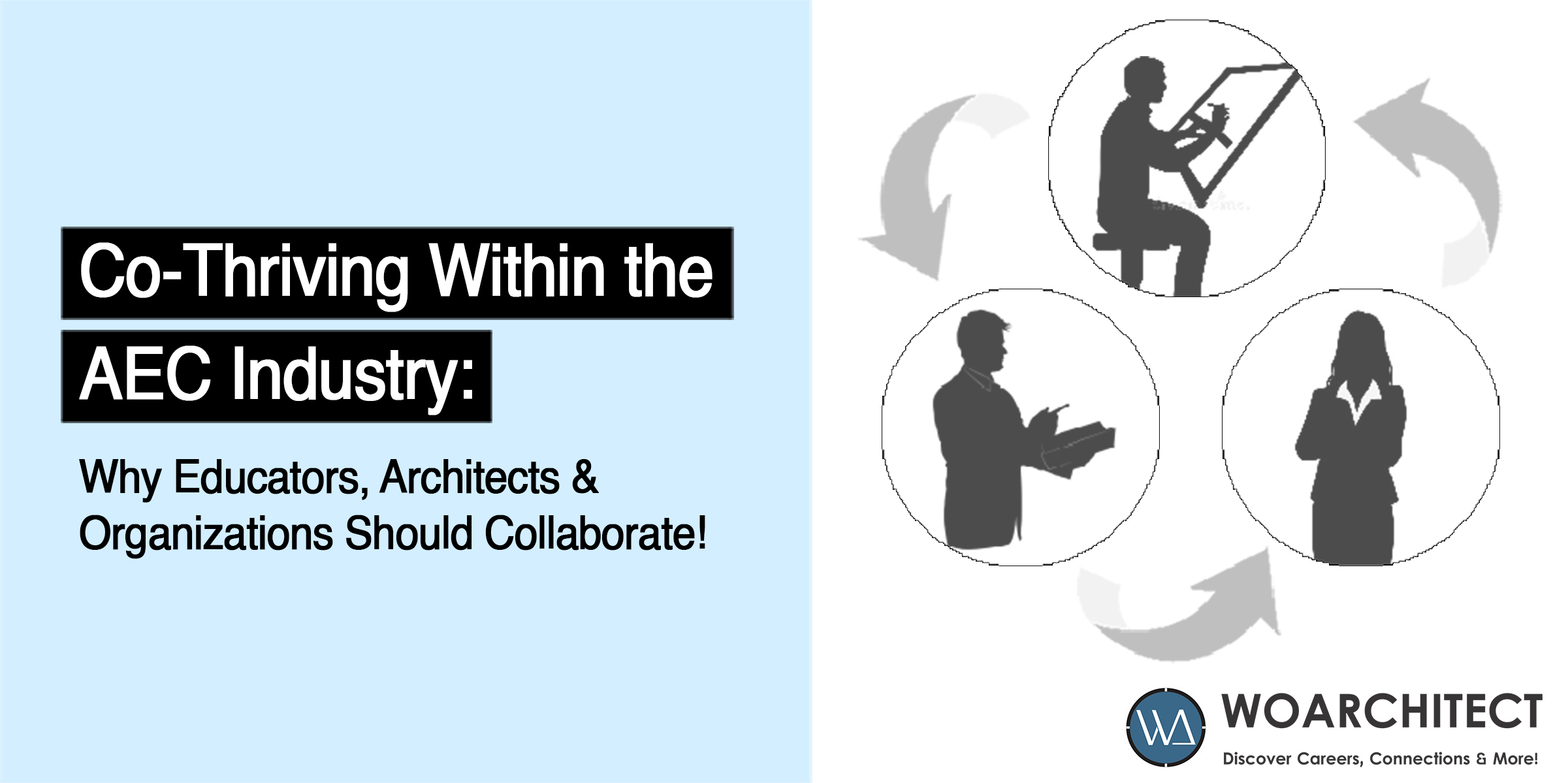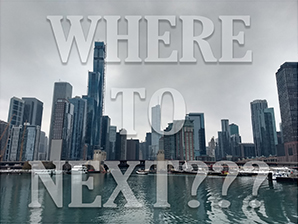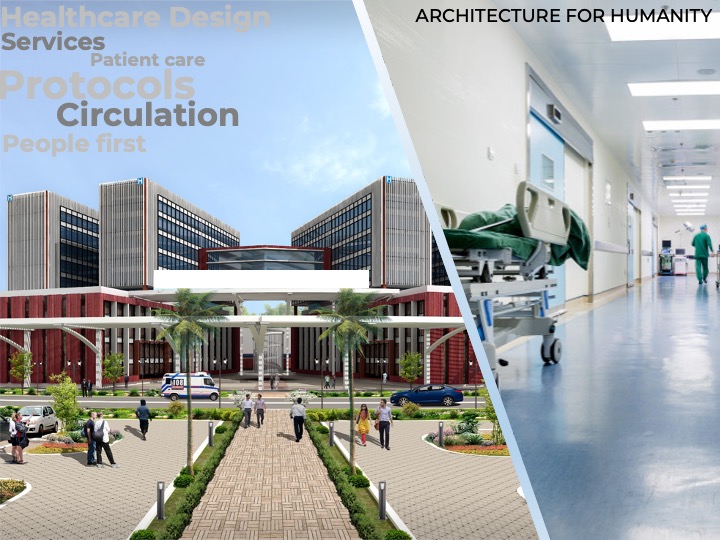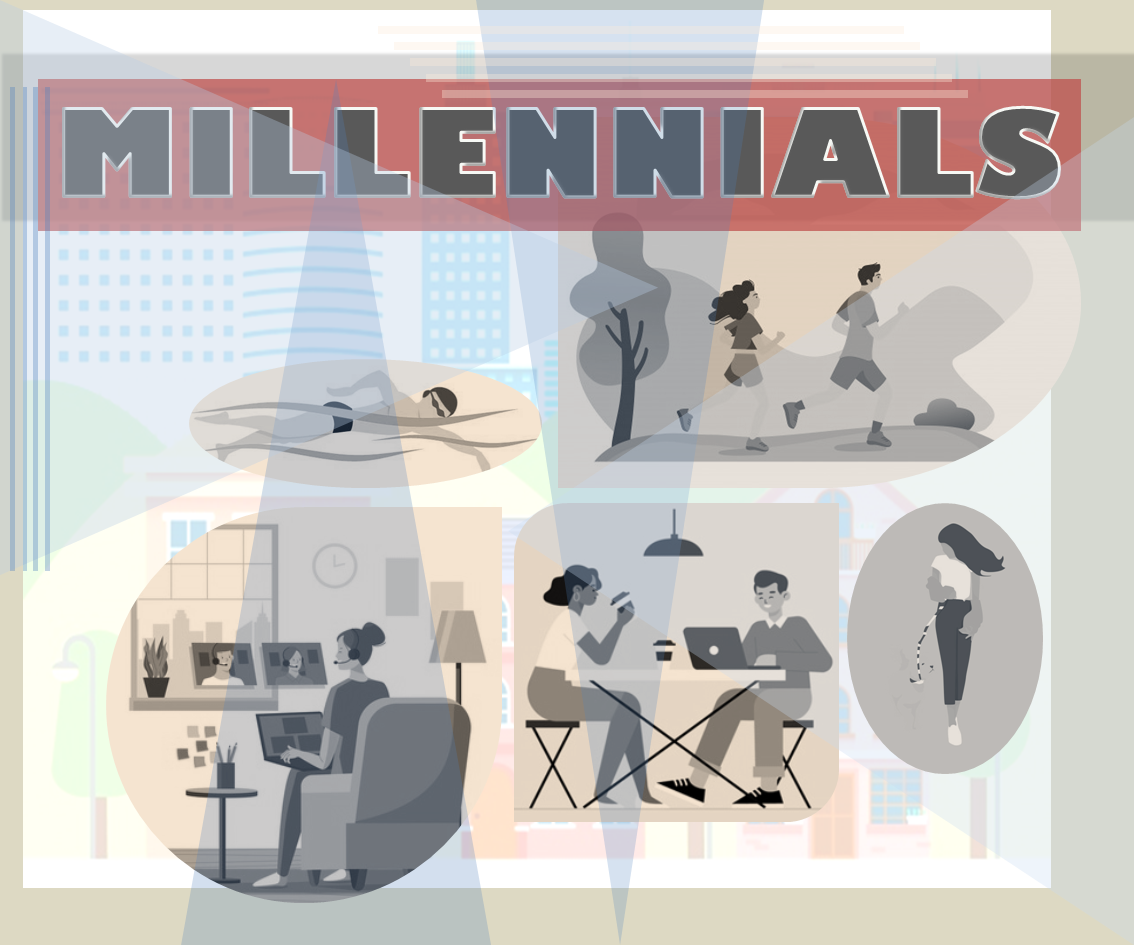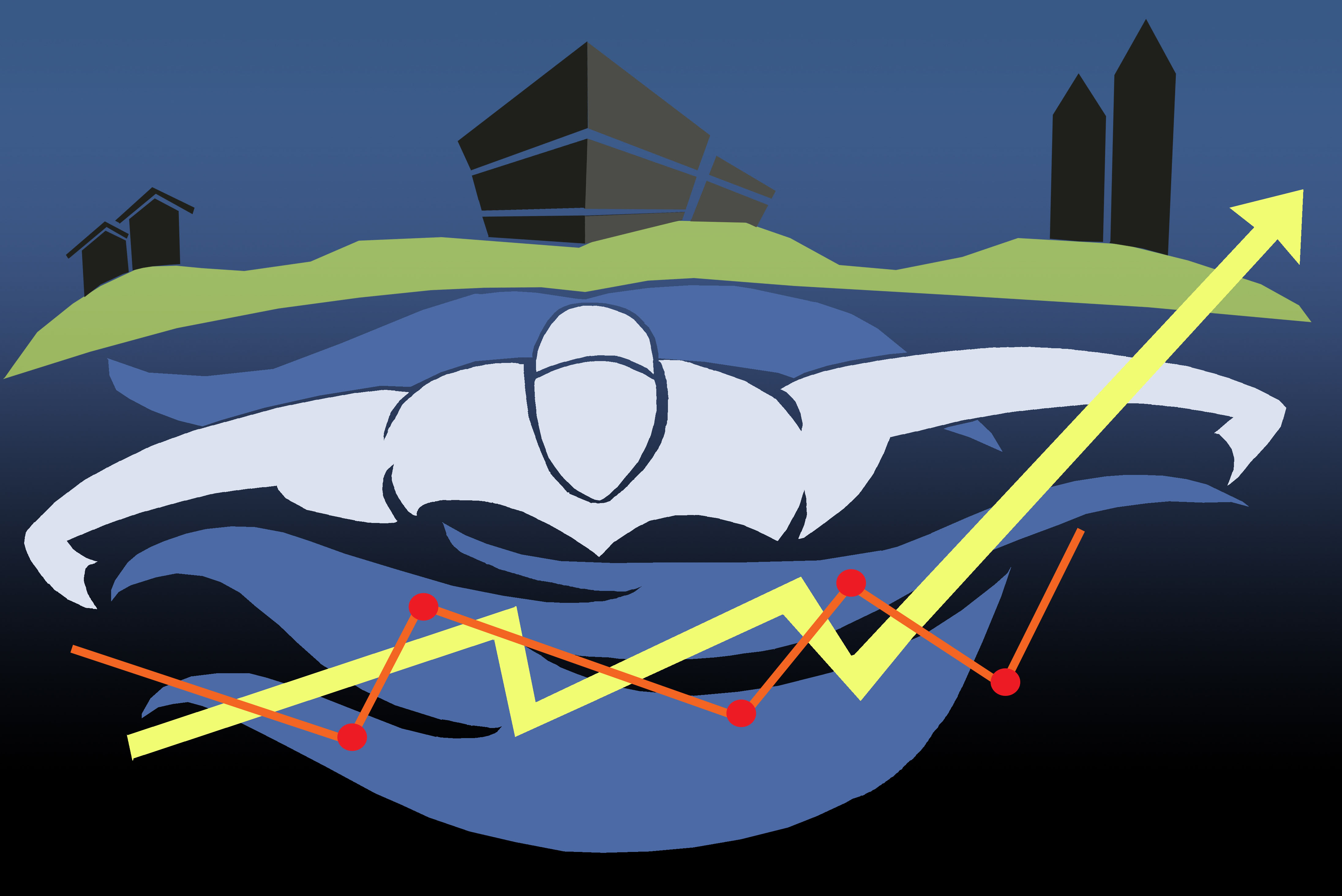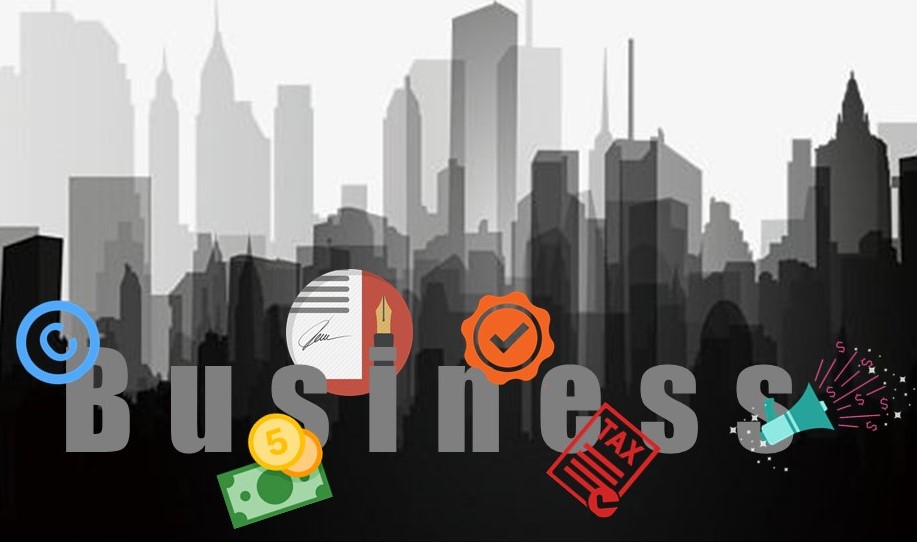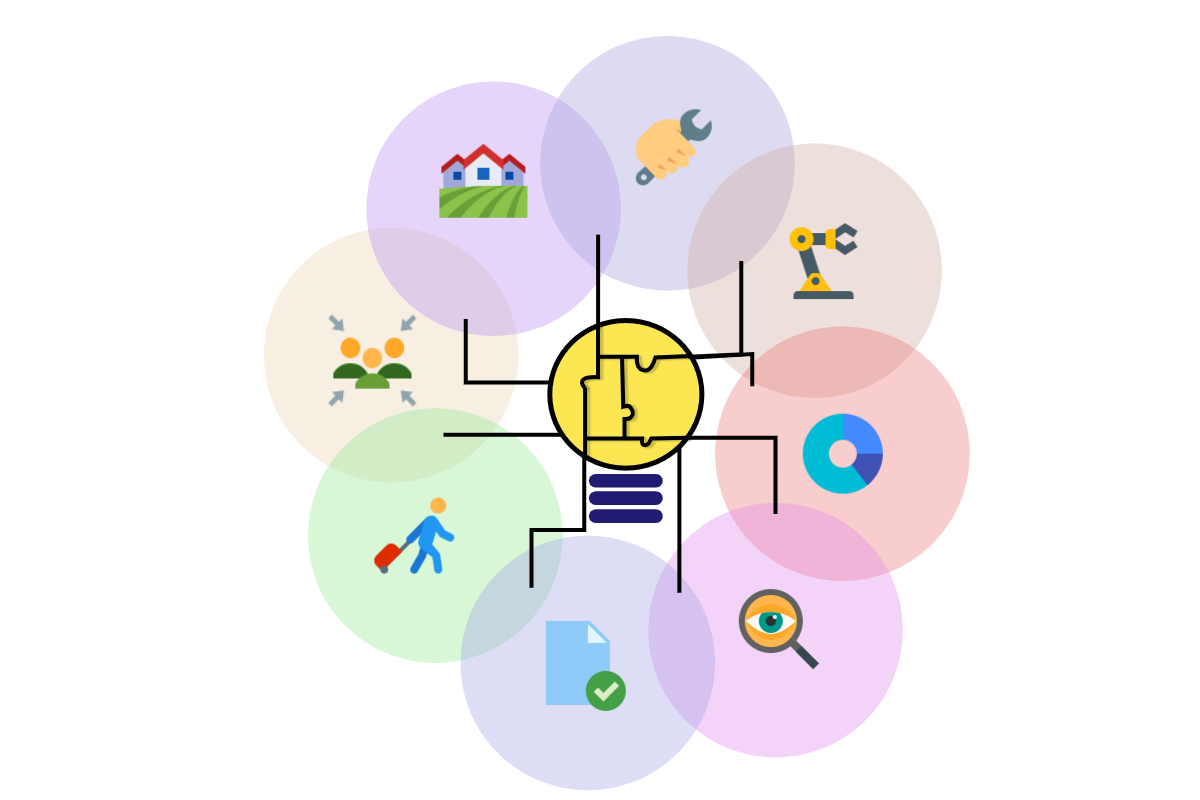
Learning by Experiencing
“Get your hands dirty”, you must have heard this phrase as a student from one of your non-conventional “hip” mentors, I say non-conventional because learning by experience is still not a popularly explored and practiced concept in the academic space. Most of you who belong to the design and planning profession understand the worth of this concept, but this recognition is restricted to the individual practitioners or as I mentioned before, to some non-conventional folks. My recent experience on a field trip reinforced my advocacy for learning on the field.
Throughout my small span of a career, I have learned through experiences. The learning has always been qualitative but drives the way I approach my designs and visions. I hope as a planner and an architect, I make a dent somewhere in the system to foster a better environment for all. I am not sure as to how and when will I be making this dent, but I am sure of engaging in the process and I believe that’s a first step to change. The idea of the change was churned by these experiences and that for me defines the success of it.
I am aspiring planner, a young architect, with a dose of little activism and vague recognition of the political situation. My belief in learning through experiencing was strengthened with a visit to Stewart Detention Center1. The detention center, located in Stewart County, United States, certainly changed or rather I would say, amplified the tiny voice of ethical upstanding in my head. Stewart Detention Center is one of the many detention centers where “illegal” immigrants are detained until any decisions are made by the judicial system of the country regarding the detainee’s immigration status. Though I personally did not get to speak to a detainee, the overall experience of the visit to a facility like this, gave a remarkably close look at the physical ground realities of the immigration laws.
Let’s us jump right into it. So, who gets to be a detainee? To qualify as a detainee, you could be a professor hereof an eastern origin, living in the United States for 35 years on a green card,and have your driving license expired (a violation resulting in revocation of green card privileges) or you could simply be a refugee, arriving at the borders requesting asylum in the fear of conflict and persecution in your home country. In both of these conditions, you are likely to be detained either due to lack of paperwork or a violation.
But closely it seems essentially a scheme for profit-making. The entire center screams capitalism in the purest form. The process of seeking legal asylum is for one made inaccessible to non-English speakers and second the then “illegal” immigrants are shoved in prisons for about 2-5 years waiting for adjudication and made to work for private companies for a $1 or 2 per hour. After being exploited most of the detainees are deported back to their home countries. Regardless of where your political standing is, you ought to ask these questions; why is the center not federally maintained? Why is the contribution of the country’s financial resources made into a facility like this? Why the core reasons for immigration not handled by countries through collaborative policies? When I ask these questions, one might think I am dangerously getting close to envisioning a utopian society. It all comes down to how we view humanity. The basic right of a person to live respectfully is played with. This long rant leads to the question of what essentially aspiring young planners and designers like me do with all these reflections. One-word answer – Change!
I am glad that I had the opportunity to view the system up this close. When the member of the nonprofit organization “El-Refugio”2 mentioned that, visitation and accounts by detainees are the best ways to understand the complexity of a system like this, I most sincerely agreed with him. This made me reflect on how the immigration system affects me or my role in the future with regards to my profession. The visit and its experience were overwhelming to say the least.
Returning to the classroom and after some brainstorming sessions and class discussions, I came through the following considerations to bring in positive change:
- Land Use Planning – This is one of the qualitative aspects that will drive change in the process. Can a “land use stitch” help in solving the issue? This land-use stitch will essentially be a node for cultural and economic growth and shared interest, which will aim to slowly erase the hate lines of provinces by providing common land uses for culturally divided states / provinces. The intent would be to create a common avenue and create opportunities for cultural and social exchange.
- Satellite City Centers - Can we foster satellite city centers with the collaboration of neighboring countries that are looking for human force and come with new citizen policies that offer the right to respectful living to a refugee? Developed countries, like the United States, can come up with satellite towns rather than detention centers for such refugees seeking asylum. Satellite towns could be a holding spot for people with active immigration cases. Countries can still tax them; use the human force for labor and intellectual research but in an open town setting. The country can have rights over their work but in a just manner through required accreditation. It all boils down to the balance as mentioned by Yann-Arthus3. I could never argue as a realist to provide refuge to everyone without any benefits. Yet as a humanist, at least hope for a future where the balance of give and take is held in a fair manner.
For me, Stewart Detention Center was one such learning experience where I could expand the scope of my profession. I do not know if my above-mentioned ideas have any intellectual weight but at least the experience made me diversify my thinking which hopefully in turn,will lead to a wider career outlook.
I have been a student for most of my life and have gotten the maximum learning on the field. It beats my motivation to see universities and colleges holding the maximum number of their courses within walls through a single professor’s experience. How can we ever cover the multi-faceted aspects of topics? This isn’t a country specific issue; this is the education system issue. We probably should have more practical labs rather than mugging diagrams in construction classes, while professors weigh rendering over critical thinking. We as designers and planners should be taught how to interact and connect with communities at local levels. Design studios should not restrict itself within the walls of studio rather integrate field trips and grass root work in the curriculum.
A note to students: We don’t need to wait for some revolutionary legal reforms from the top; rather we can stir real changes using the bottom up approach. In a world with a super-computer in your pocket, there are endless avenues today to reach out and gain field experience. Rather than impressing and worrying about what your professors think about rendered sheets, be a little more actively involved in being street smart, go out to your neighboring construction site, and talk to the masons, the contractors, and the engineers. Develop community outreach programs, ask tough questions in class, connect the systematic inequalities, and bring a little activism in your studios. Take it from a peer / colleague, the wider your mentor spectrum is the broader will be your career outlook.
A cultural shift in the way we approach design and planning in the academic spaces should be explored. Professors and academic institutions, needless to say, require this cultural shift too.The curriculum should be expansive, diverse, and inclusive. The electives in the curriculum should be utilized to provide avenues for all students to explore learning by experience. There is immense potential in what can be done through design and planning yet we do not see reciprocating innovation and that’s because the foundation of the profession is so isolated from the profession itself. Design and planning is an outfield profession yet the colleges restrict themselves to individual campuses. Once we initiate this culture change right at academic space the ripple effect would be seen throughout the profession via innovative and grassroots positive changes.
Notes
1 This visit was under the course of my master’s program of environmental planning and design at the University of Georgia, Athens, the course name is “Ideas of Communities” lead by Prof.Stephen Ramos.
2 El Refugio is a non-profit organization that Dr. Ramos collaborated with, to make this experience as authentic as possible. This nonprofit provides various avenues to help the refugee in more than one way.
3 Yann Arthus is a journalist, environmentalist, and photographer. I recommend you to check out his movie called “Home”.
References:
International Refugee Law. UNHCR, USA. https://www.unhcr.org/en-us/publications/legal/3d4aba564/refugee-protection-guide-international-refugee-law-handbook-parliamentarians.html
IR 303 International Law Lecture 24. Tu?ba Bayar. Department of International Relations, Bilkent University. https://www.youtube.com/watch?v=Z_gljy2E0ho
Refugee and Asylee definition. Homeland Security, USA. https://www.dhs.gov/immigration-statistics/refugees-asylees
Deportation process in USA. USA Government. https://www.usa.gov/deportation
About the Author:
Saba Serkhel, an Architect from Mumbai recently completed Master’s in Urban Planning and Design at University of Georgia, Athens. Saba believes in striving for equity through her designs. She also focuses on creating new avenues to foster communication that aims at reinforcing the design profession. She is the creator of Lettus Talk podcast, that intents to cover topics in planning and design that receive little or no attention in the mainstream academic spaces.
